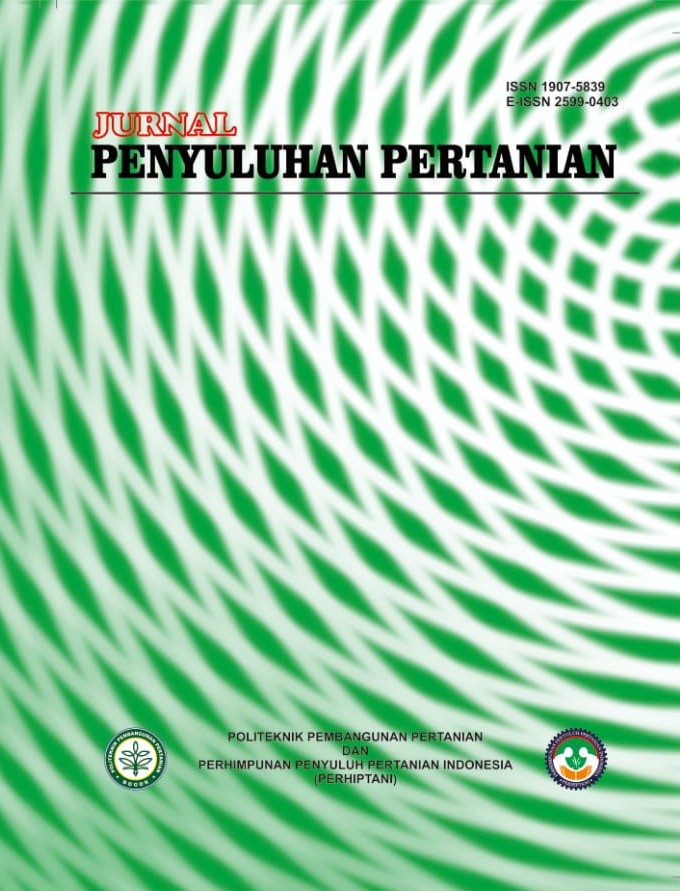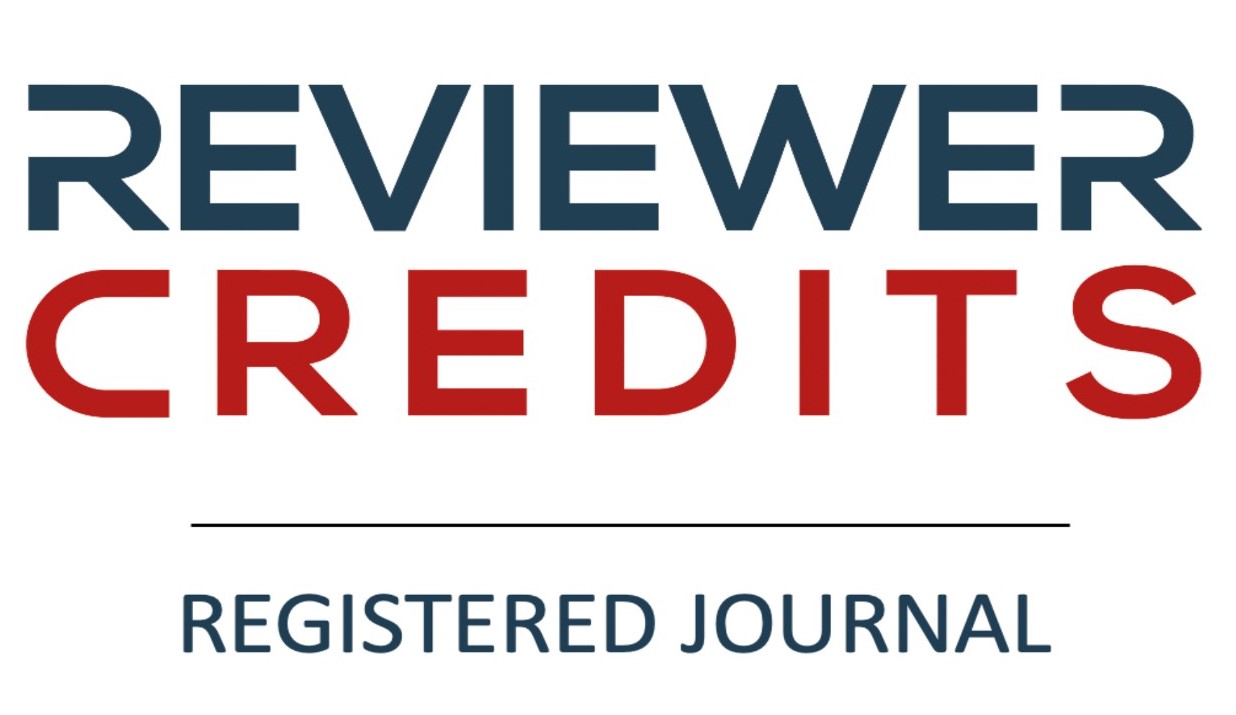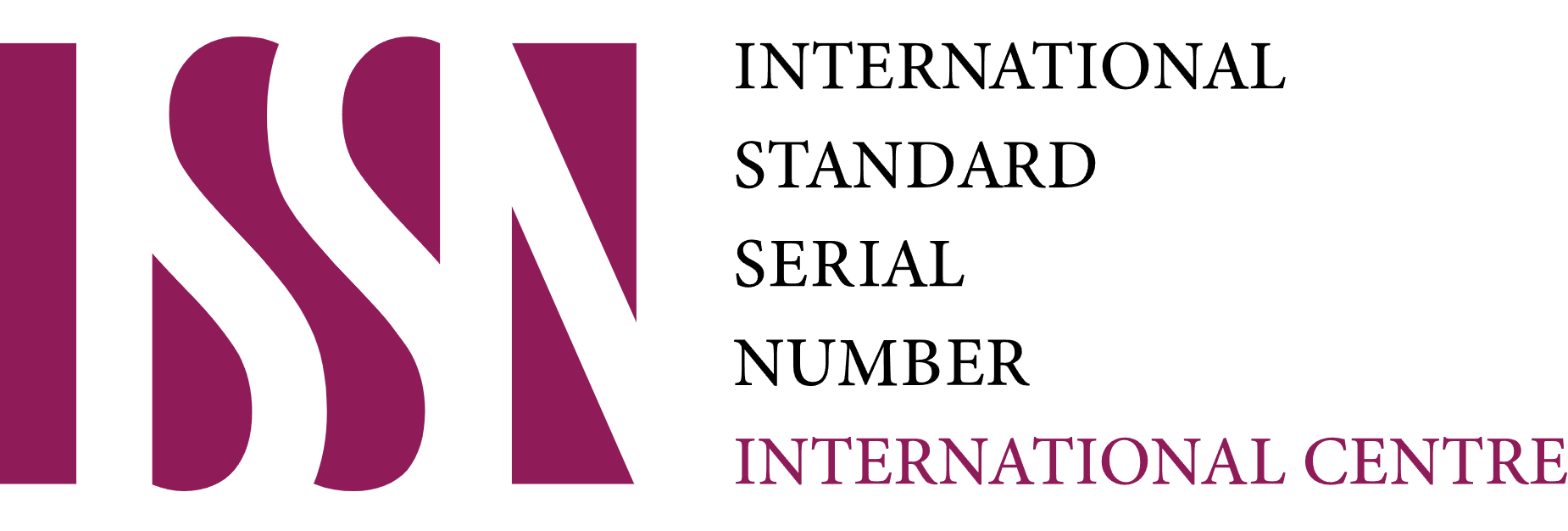AKURASI FOOD RECALL DAN FOOD RECORD DALAM AKURASI SIMPLIFIED DIETASI ASSESSMENT (SDA) PADA ANAK USIA SEKOLAH UNTUK IDENTIFIKASI RESIKO KURANG VITAMIN A
DOI:
https://doi.org/10.51852/jpp.v1i2.207Abstract
A simplified dietary assessment method using food consumption approach to identify the
vulnerable group vitamin A deficiency was developed by IVACG (International Vitamin A
Consultative Group). For food comsumption survey, food weighing, food recall and food record
were coomonly used. The objective of this research was to analyze the accuration of food recall
and food record using simplified dietary assessment on school children to identify vitamin A
risk. The study showed that vitamin A food pattern’s of school children mostly was from
vegetables and eggs, although the quantity was very low. Fruit was consumed infequently with
the low quantity. Vitamin A consumption using food recall tend to underestimate, while food
record tend to overestimate compare with food weighing. Comparing with vitamin A RDA, the
RDA level was below 65% of RDA. The prevalence of sample with vitamin A risk was higher on
food recall (64.7%) and lower on food record (60.0%) compare with food weighing (62.4%)
with the smallest deviance toward food weighing was found on food record. The sensitivity of
food recall was higher than food record, although the difference was not to high. The specificity
and positive predicted value of food recall was lower than food record. Food record had better
accuration than food recall in identifying vitamin A risk. The influenced factors of vitamin A
risk was family’s income, family size and vitamin/supplement feeding.
Downloads
Published
Issue
Section
License
Authors who publish with this journal agree to the following terms:
1. Copyright on any article is retained by the author(s).
2. The author grants the journal, right of first publication with the work simultaneously licensed under a Creative Commons Attribution License that allows others to share the work with an acknowledgment of the works authorship and initial publication in this journal.
3. Authors are able to enter into separate, additional contractual arrangements for the non-exclusive distribution of the journals published version of the work (e.g., post it to an institutional repository or publish it in a book), with an acknowledgment of its initial publication in this journal.
4. Authors are permitted and encouraged to post their work online (e.g., in institutional repositories or on their website) prior to and during the submission process, as it can lead to productive exchanges, as well as earlier and greater citation of published work.
5. The article and any associated published material is distributed under the Creative Commons Attribution-ShareAlike 4.0 International License













